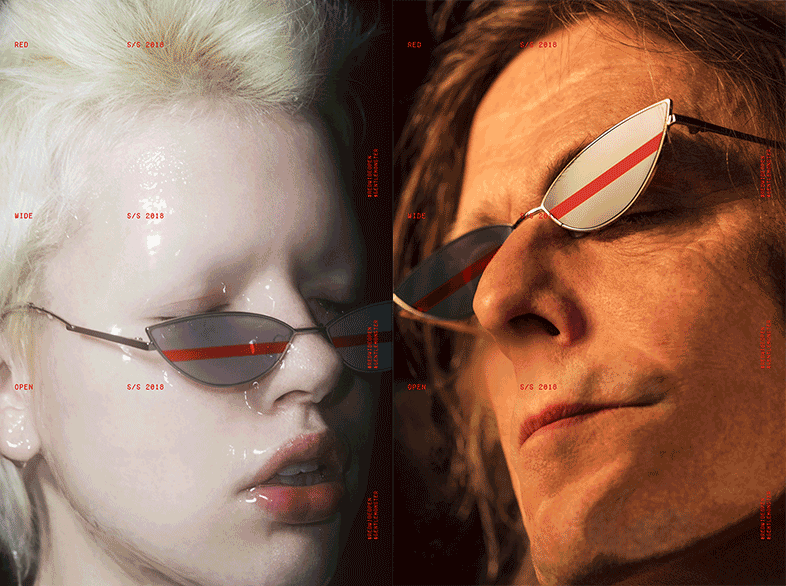Trajan, the Fallback Movie Poster Font
Setting a film title in the font Trajan is a can’t-go-wrong choice.–cheaper than commissioning a titling face from scratch and not as mundane as picking Helvetica or Times Roman. Typewise, it is the equivalent of the “little black dress” that fashion magazines tell us should be in every woman’s closet for special social occasions. Whether the film titling is for a comedy, romance or thriller, Trajan is refreshingly appealing and appropriate.
A serif all-caps typeface designed in 1989 by Carol Twombly for Adobe, Trajan is based on the letterforms carved into the Trajan’s Column in Rome in AD113. The classical Roman letterforms actually predate the inscription on the Trajan’s Column, and first appeared in 43 BC, making it the world’s oldest typeface. Twombly’s crisp and faithful digitalization of Trajan has given it new life, and has become the ubiquitous font for the film industry. This video on Trajan was produced by Vox and designer/ typography blogger Yves Peters.



